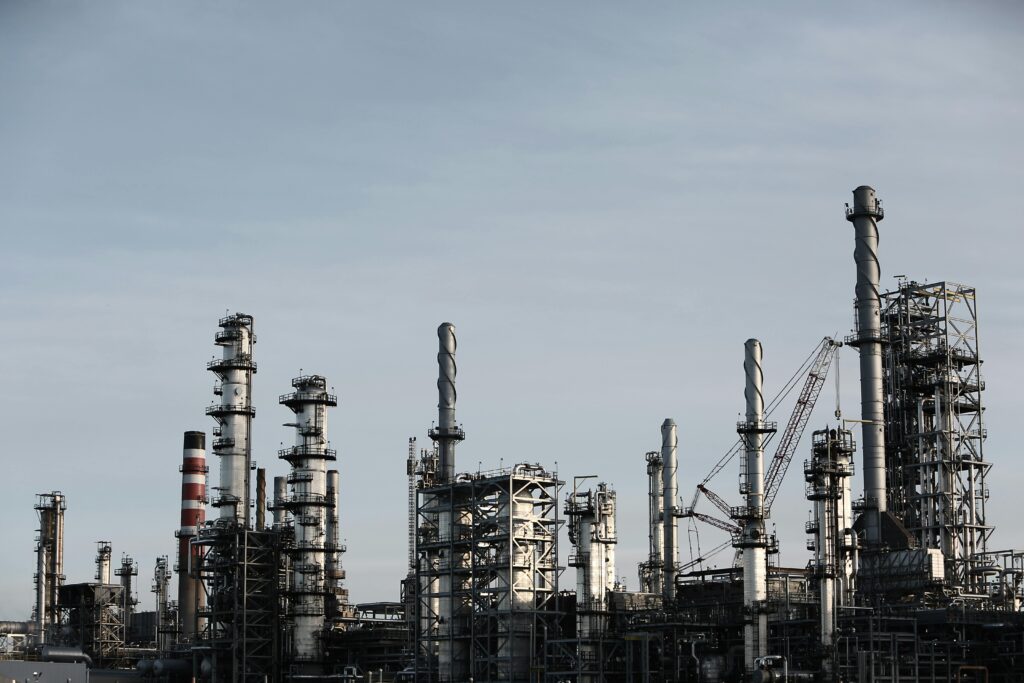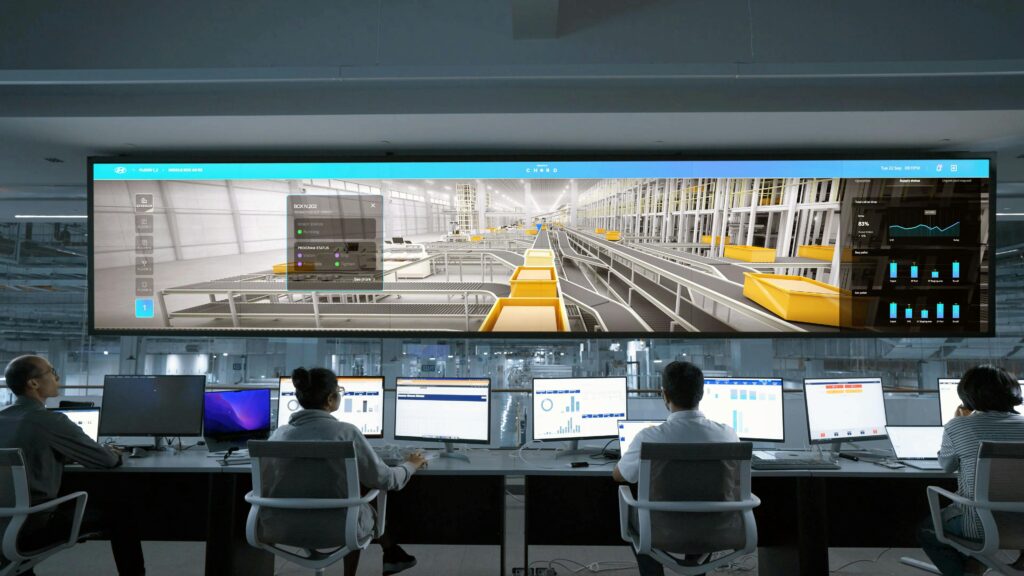Technology Adaptation in the Indonesian Manufacturing Industry

Nova Ulaila Dewi, Marketing Assistant Manager, PT SystemEver, Indonesia
As the Indonesian government launched “Making Indonesia 5.0”, an initiative aimed at revolutionizing the manufacturing sector through digitalization, the industry has become a pivotal component of the country’s economic growth, witnessing a productivity increase of 5.01% in 2022. This initiative underscores the need for comprehensive solutions that embrace digital technology, addressing specific needs of manufacturing companies in Indonesia such as:
Real-time Data Analytics and Insights: Incorporating sensors into key parts of the production process enables real-time monitoring and data collection. This data can then be aggregated and analyzed to provide valuable insights into various aspects of production, such as yield, throughput, and equipment conditions, facilitating informed decision-making and optimization of production processes.
Equipment Maintenance: The strategy involves acquiring spare parts as part of preventive maintenance, supplemented by safety stock measures. This process starts with a thorough examination and documentation of every machine part, including nuts, bolts, gears, electronic components, and structural elements. Understanding the function and significance of each part allows for a proactive maintenance schedule to address potential issues before they arise.
Quality Control and Defect Minimization: Advanced analytics can be utilized to optimize quality control processes and minimize defects. By analyzing production data in real-time, deviations from quality standards can be detected early, enabling timely interventions to maintain product quality. This is crucial for meeting customer expectations and reducing waste.
End-to-End Connectivity with Sales: Integrating production data with sales information allows for better alignment between production outputs and market demand. By understanding consumer preferences and market trends in real time, manufacturers can optimize their product mix to efficiently meet market demands.
Capacity and Demand Planning: This involves determining the production capacity needed to meet both current and future demand by evaluating factors such as available resources (e.g., machinery, labor, raw materials), production efficiency, lead times, and constraints (e.g., space limitations, regulatory requirements). This planning enables manufacturers to estimate the necessary production capacity to fulfill customer orders while optimizing resource utilization and minimizing costs.
Digital Procurement and Supply Chain Optimization: Leveraging real-time usage and predictive data for procurement enables manufacturers to optimize their supply chain processes. Accurate forecasting of raw material and component needs minimizes inventory costs while ensuring uninterrupted production.
Dashboard Monitoring: Dashboard monitoring provides decision-makers with real-time visibility into the performance and status of various aspects of the manufacturing operation. It plays a crucial role in ensuring regulatory compliance and mitigating risks within manufacturing operations. By continuously monitoring key parameters, manufacturers can promptly detect deviations from regulatory standards or potential safety, quality, or efficiency risks. This proactive approach allows for immediate corrective actions to prevent compliance violations or incidents that could lead to costly disruptions or regulatory penalties.

In summary, the solution for manufacturing companies in Indonesia involves embracing digital technology to transform various aspects of production, from real-time data analytics and predictive maintenance to automation and supply chain optimization.
System Ever Indonesia for the Indonesian Manufacturing Industry
As an ERP provider in the manufacturing industry in Indonesia, System Ever Indonesia recognizes the importance of adapting its products to meet the specific needs of the Indonesian market. Thus, we provide a standard product that follows applicable standards in Indonesia but also accommodate local requirements that might be needed during implementation. This involves customizing the ERP software to align with local regulations, incorporating the Indonesian language and localization, integrating with local business practices and industry verticals, ensuring scalability and flexibility, and providing local support and training services.




